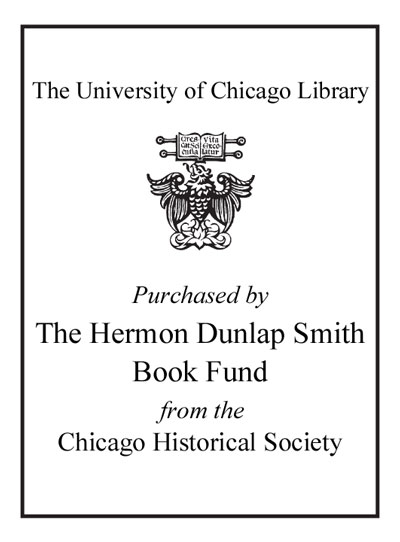Review by Choice Review
This book is part of a series, "Multicultural Education," intended to expand knowledge about students of color, language minority, and low income as well as ways to improve their academic achievement. Focusing on students of poverty (defined as those who cannot afford basic human necessities), this book outlines and expands the key principles of the equity literacy framework. It is described as an attempt to create equitable learning environments for youth and families in poverty. Gorski (George Mason Univ.) does a nice job of summarizing basic information about class and poverty as they exist in the US and dealing with myths often associated with poor individuals. He expands discussion to the multiple forms of inequity that exist, which contribute to education outcomes and limit learning opportunities. Of particular interest is a review of popular strategies that are not successful in addressing the achievement needs of poor youth and a look at promising strategies for improving education of these youth while building sustainable relationships with their families. This book provides a good overview of the topic, delivers clear, well-researched information, and helps all educators expand their knowledge of poverty and social class. Summing Up: Recommended. General readers; upper-division undergraduate students and above. R. Ludy Buena Vista University
Copyright American Library Association, used with permission.
Review by Choice Review

